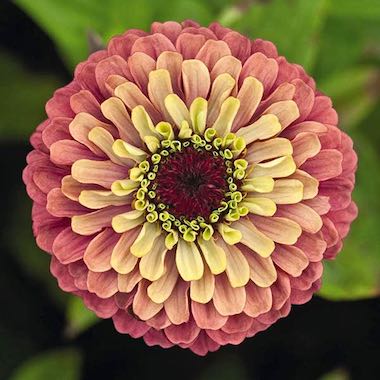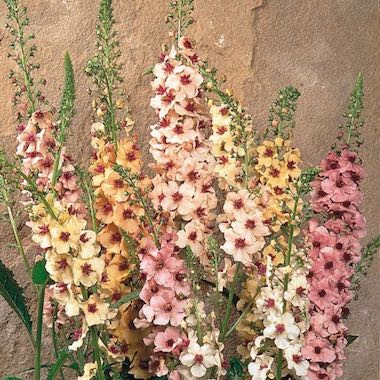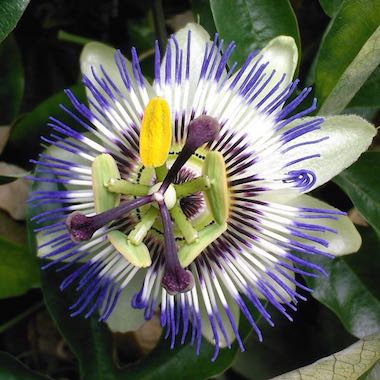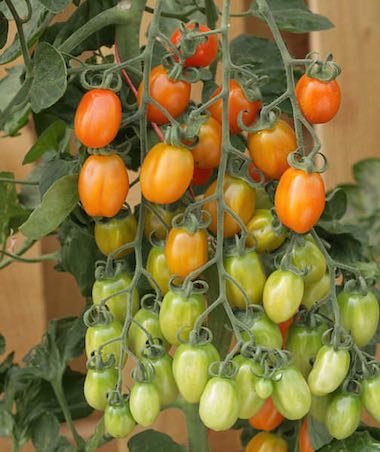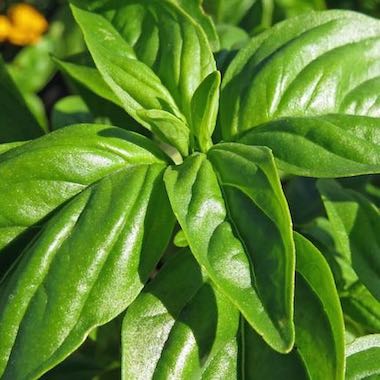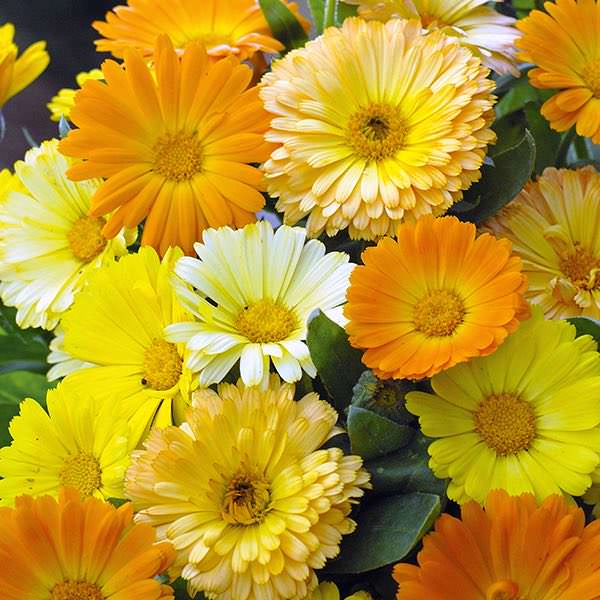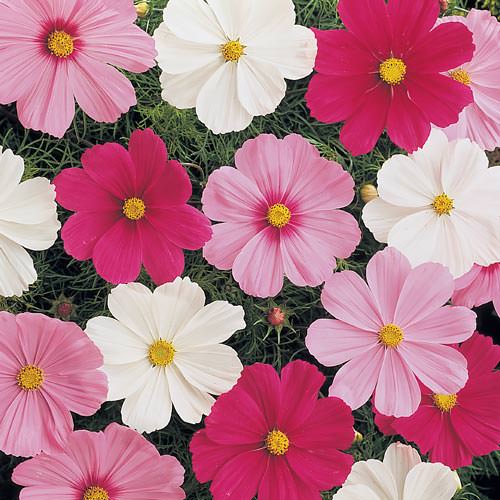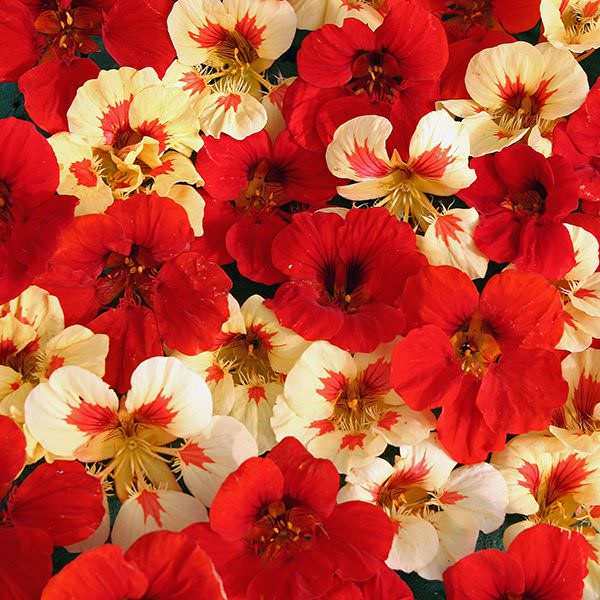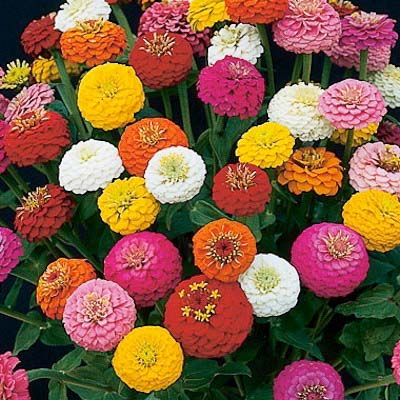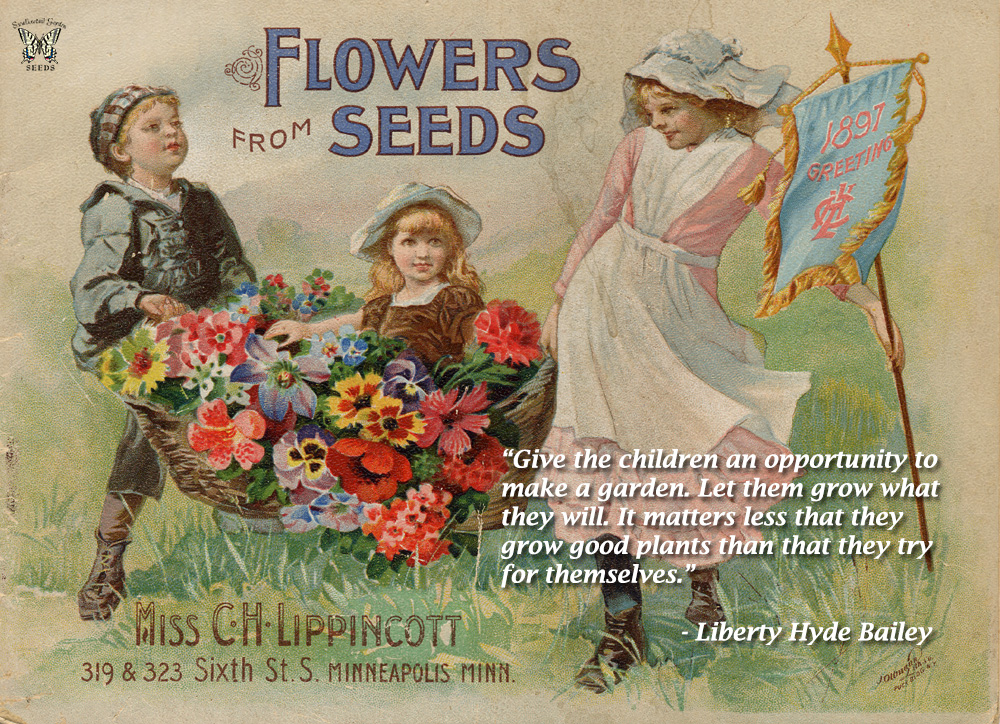
What to grow in a children’s garden?
There is nothing like a garden to develop and encourage a child’s natural curiosity about the world, connection to nature, and the concept of planting a seed for future harvest. Patience, persistence, hand-eye coordination, an eye for detail: all of these are virtues a garden can teach us. Whether it’s starting seeds, watching them sprout, and transplanting; learning to weed and tell friend from foe; or digging in the soil to observe all the various elements to be found (flora and fauna), the garden is a perfect place for exploration. Gardens also have the potential for both nearly-instant gratification and the reward for a job well done.
Children are often drawn to specific aspects of a garden: bright colors, a plant that attracts butterflies or bees, a flower that can talk, a pea or a cherry tomato you can pop into your mouth. Gardens are also a way to explore concepts like taking turns, performing rote tasks that need doing even without an immediate reason (watering, weeding, thinning, dead-heading), and (occasionally) disappointment because a bug found your pretty red strawberry before you got a chance to eat it. Children can help choose what plants will be a part of a garden, and help decide what to do with the harvest when the veggies or fruits are ready. A garden is a perfect outlet for creativity, provides an outdoor activity that’s both fun and productive, and an excuse to get your hands and clothes dirty.
Not sure where to start or what to plant for the children in your life? Here are a few ideas to get you started. We have suggested these plants and flowers because:
- seeds sprout quickly, plants grow and bloom easily
- they provide a payoff: a tasty harvest, a bright flower, invite bee, bird, and/or butterfly visitors
- they have an interactive element that delight and engage children.
Flowers
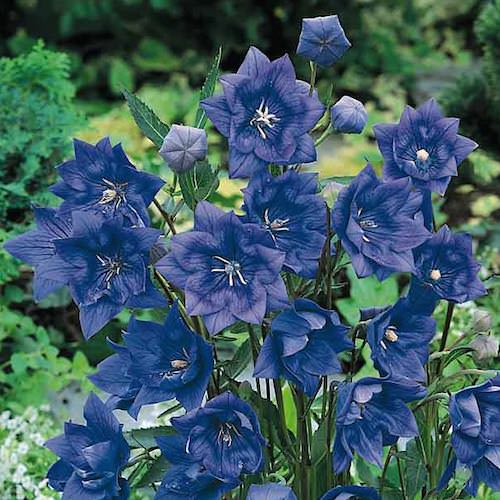
Balloon Flower
- balloon-like buds burst into large, star-shaped flowers
- come in interesting colors like blues, purples, variegated
- taller varieties make good cut flowers
- long-lived
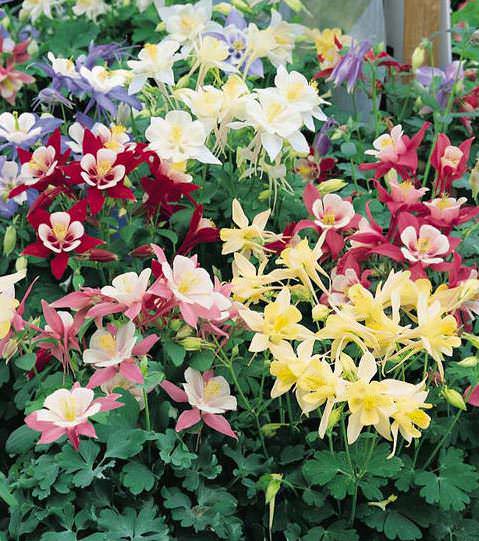
Columbine
- flowers come in many different colors and shape varieties
- post-bloom pods are an interesting shape and full of seeds
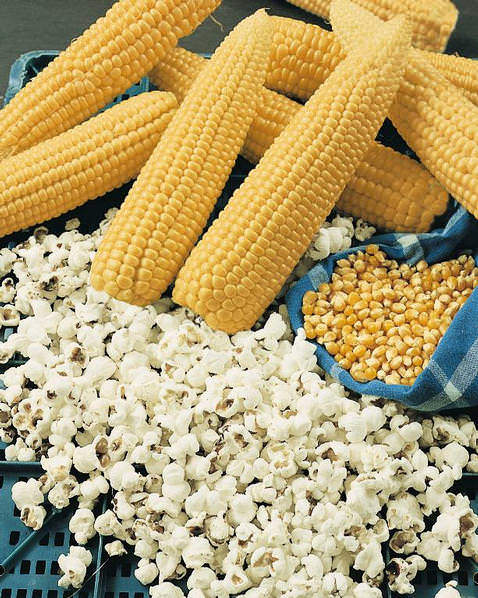
Popcorn
- plants mature quickly
- Plants are tall, can be planted in rows or as a jungle-like maze
- Corn is fun and interesting to watch as it pollinates and grows
- Who doesn’t love popcorn?
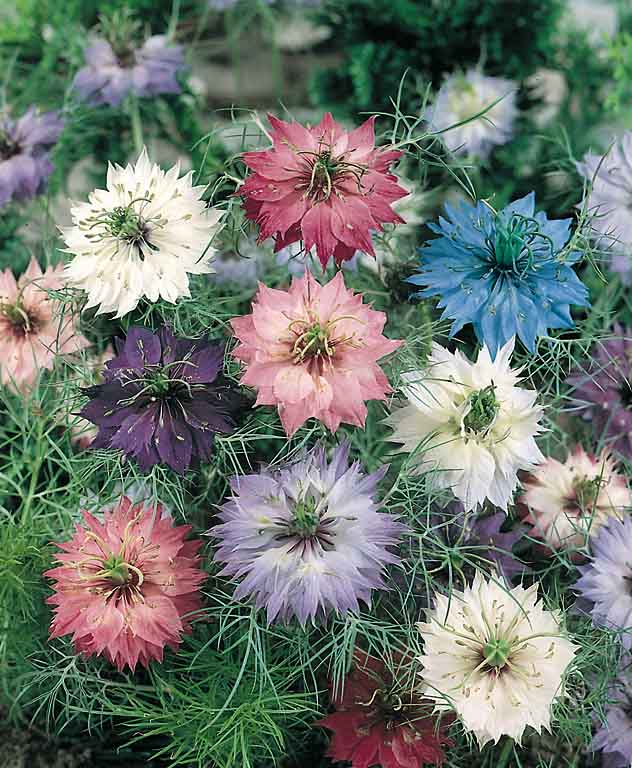
Love-in-a-mist
- flowers come in unusual and bright colors like blue and purple
- post-bloom pods are fun both for their appearance and for splitting open to see the seeds
- foliage is feathery and delicate, an unusual texture
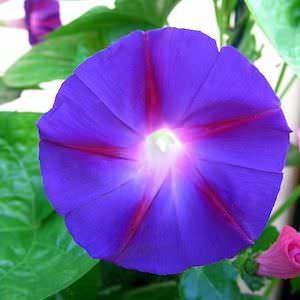
Morning Glory
- each bloom lasts a day; fun to watch each bloom’s progress
- flowers from summer until frost
- climbs over structures
- low maintenance
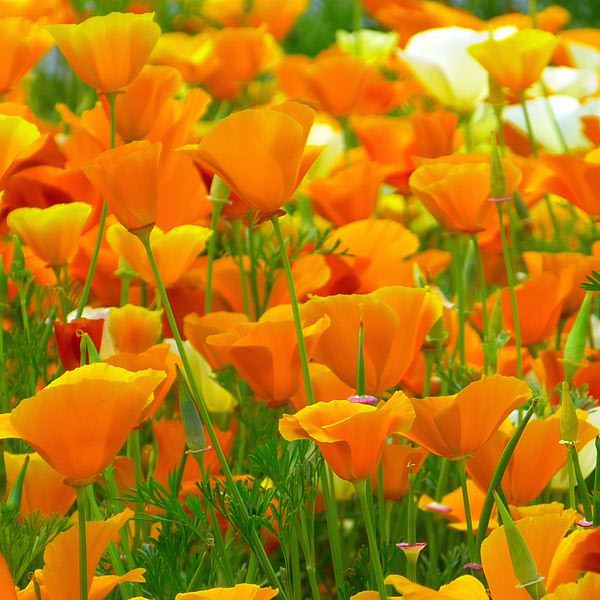
California Poppy
- Drought tolerant once plants have matured
- Blooms in many bright, fun colors
- Pre-bloom buds have a papery cone-shaped “hat” that pops off the flower
- Post-bloom pods are fun to harvest & split open to see the seeds
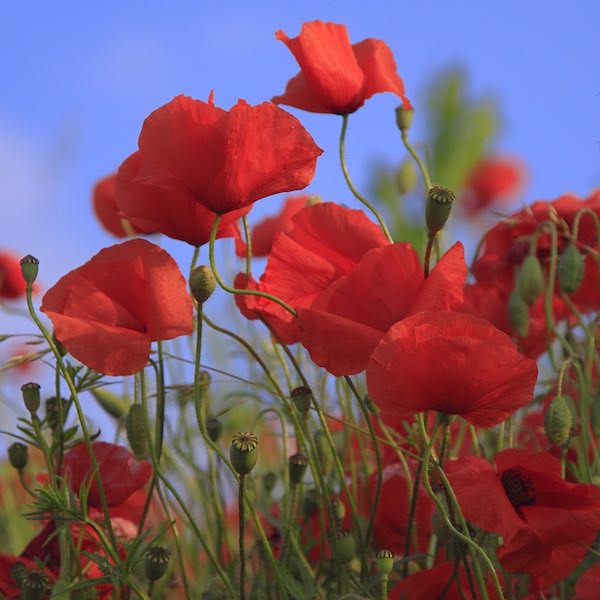
Shirley Poppy
- Bloom early in the spring and, if sown successively, will continue through summer
- Petals have a fun, papery texture and unusual center
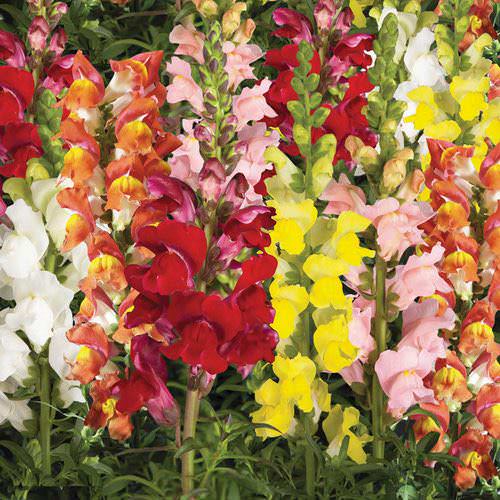
Snapdragon
- bloom earlier in the year than other flowers
- colorful, make good cut flowers
- some varieties can be pinched to make them “talk”
- seed pods after bloom look like skulls
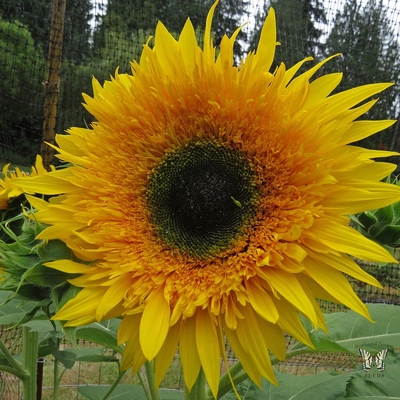
Sunflower
- bright colors, make good cut flowers
- some varieties result in edible seeds
- attractive to insects and birds
- variety of heights and flower sizes, children can measure their height against the flowers
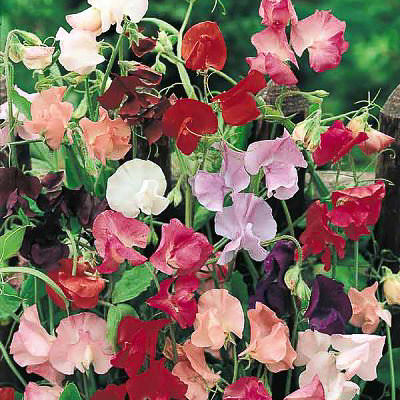
Sweet Pea
- climbing, interesting tendrils, can be trained over structures
- flowers smell good
- attractive to bees
Vegetables & Fruits
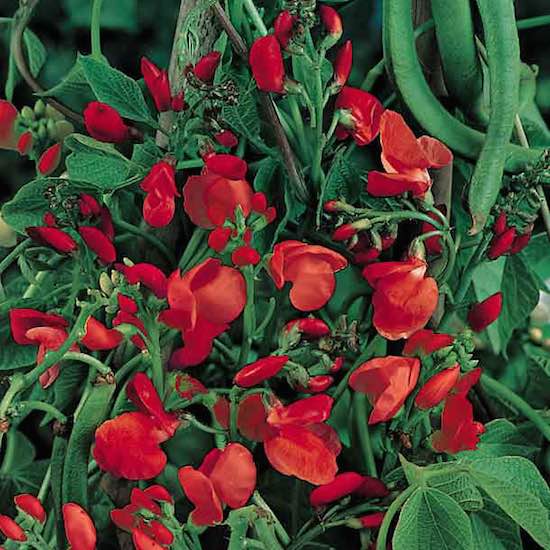
Scarlet Emperor Runner Bean
- Tolerate shade and grow in a variety of climates
- Plants are both ornamental and functional, producing unusual red flowers, sweet young pods, and beans that can be cooked and eaten
- Attractive to hummingbirds
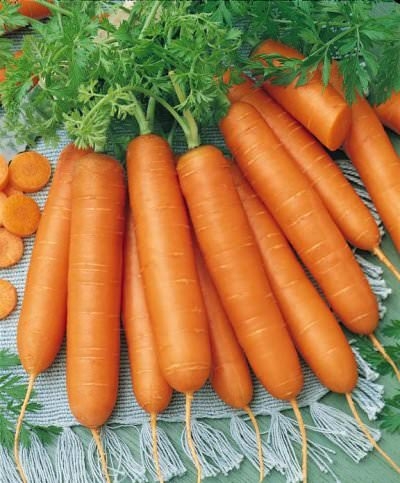
Carrot
- familiar vegetable that’s fun to pull out of the ground to eat
- available in a multicolored variety
- tasty and versatile
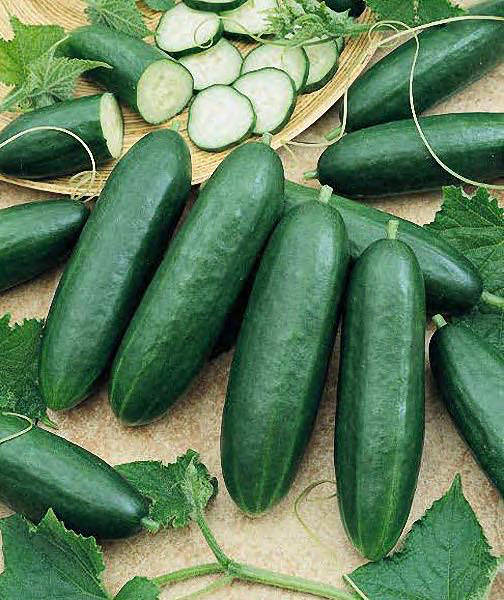
Cucumber
- Can be started indoors or direct sown after frost danger passes
- Delicious fruits that can be eaten raw or pickled
- Progress of flowers and fruits is easy to monitor
- Can be grown in containers or beds
- Some varieties produce fruit without pollination
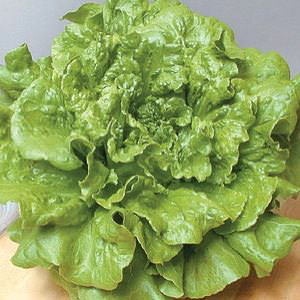
Lettuce
- Can be grown and harvested from spring until late fall
- Many different varieties, come in different colors & flavors
- Loose leaf lettuce can be harvested a few leaves at a time
- Other varieties can harvest the whole head at once
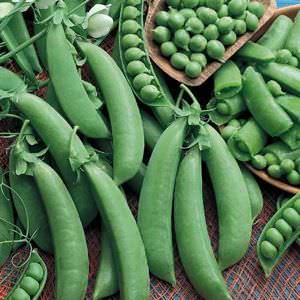
Snap Pea
- Quick to bloom and produce edible pods
- Vines need no supports but will climb and produce tendrils
- Sweet, delicious, crunchy pods can be eaten raw right off the vine
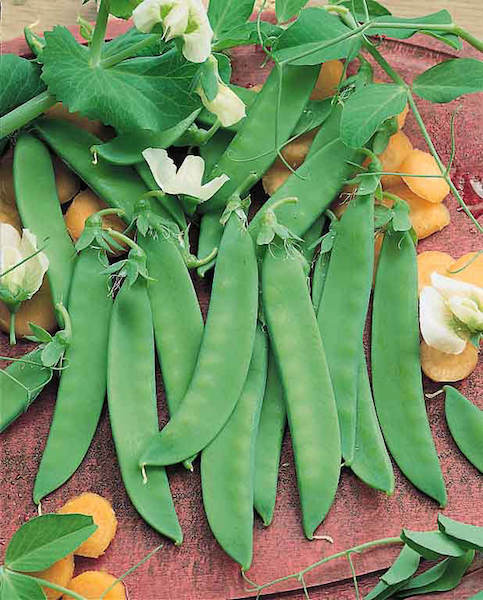
Snow Pea
- Quick to bloom and produce edible pods
- Can eat snow peas raw right off the vine
- Vines produce interesting tendrils, climb things
- Flowers are pretty and can be fragrant
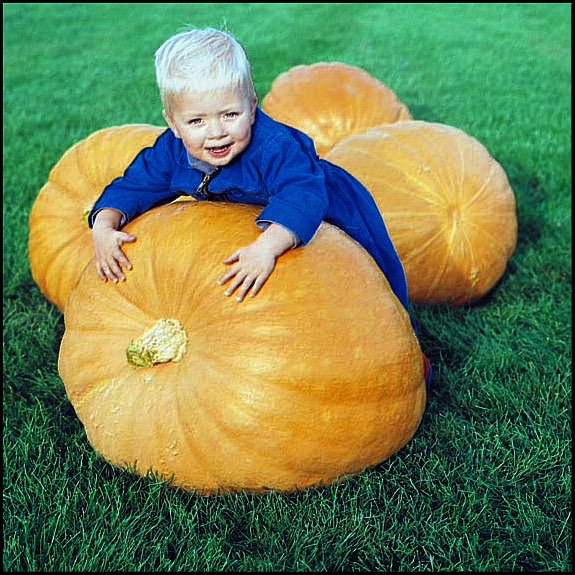
Pumpkin
- Progress of fruit is easy to see and monitor
- Size of fruit can be influenced by pinching tips of vines
- Fun to use for carving, decorating, or made into pies or other tasty food post-harvest
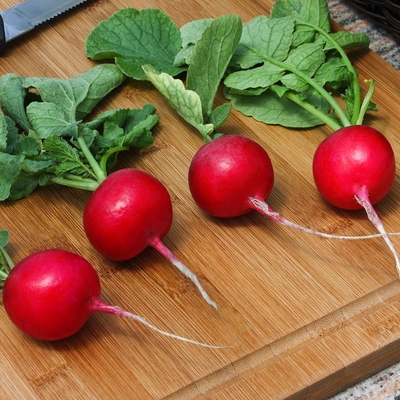
Radish
- Ready to eat sooner than almost any other vegetable, in as little as 20 days
- Peppery and crunchy
- Can be pickled
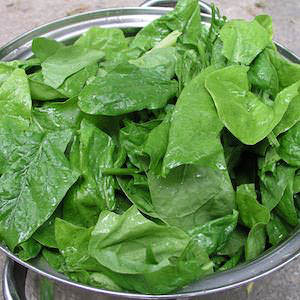
Spinach
- Fast harvest for baby spinach, plants mature quickly
- Can be harvested a few leaves at a time or all at once
- Delicious raw or cooked
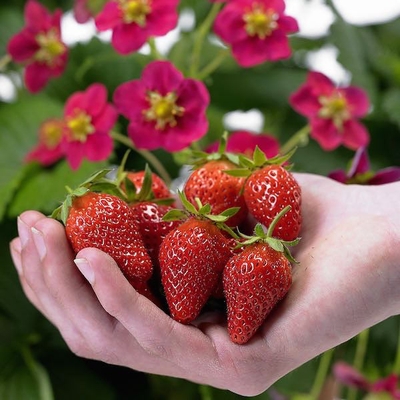
Strawberry
- Grow in pots and hanging baskets
- Produce pretty flowers and delicious fruit
- Fun to watch strawberries turn from green to red (ready to eat!)
- Perennial plants that produce fruit year after year
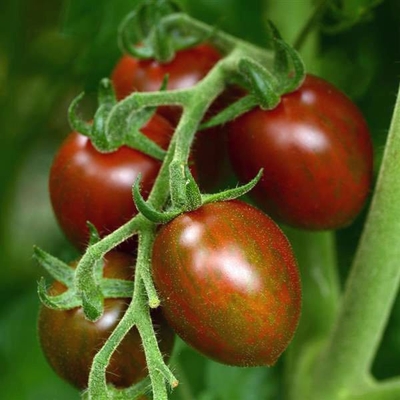
Tomato (Large & Cherry)
- Can be staked or caged for support (construction project, tying vines to cages)
- Reliably produces delicious fruit that can be eaten fresh & sun-warmed from the vine
- Heirloom (larger) varieties come in many colors and flavors, including tart, sweet, and spicy
- Cherry varieties come in many colors and make a quick and delicious garden snack
- Cherry varieties will set fruit even in more extreme climates
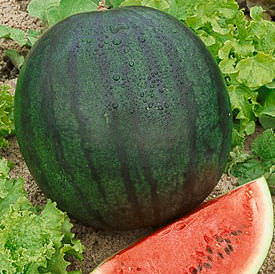
Watermelon
- Prefer full sun
- Can watch the progress of the fruit
- Fruits mature and are ready to eat in about 80-85 days
- The ultimate messy and sweet summer fruit
Herbs
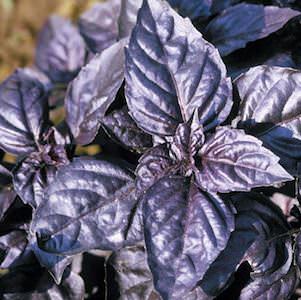
Basil
- Blooming varieties are attractive to bees
- Flavorful and easy to eat raw or add to a cooking project
- Can be planted in containers and even grown indoors in a sunny spot
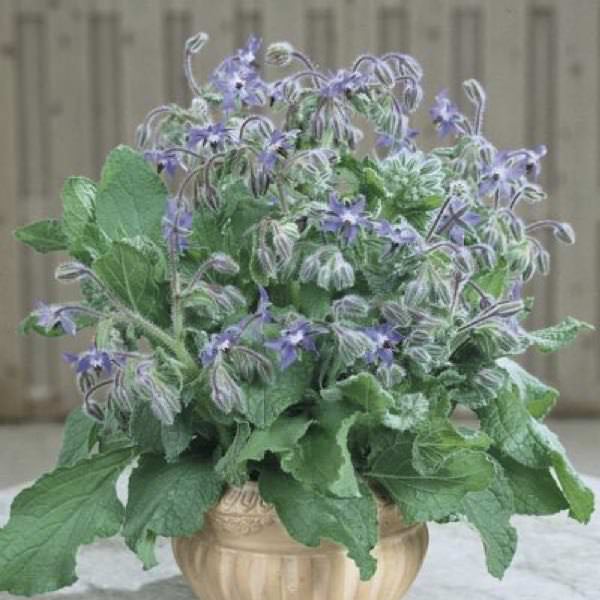
Borage
- Tolerates drought and poor soil
- Extremely attractive to bees and other beneficial insects
- Flowers are unusually shaped and blue or white, leaves have a fuzzy texture
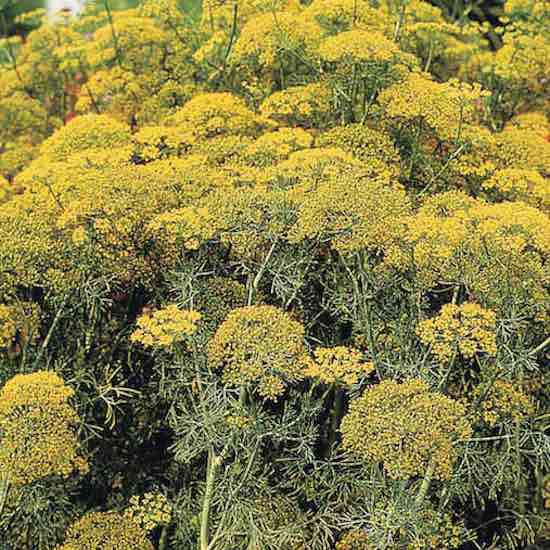
Dill
- Can be direct sown
- Prefers full sun, can tolerate poor soil
- Leaves have an interesting texture and tasty flavor
- Use in cooking projects like pickling
- Flowers are pretty, delicate, and attract bees
Written by Emily.


